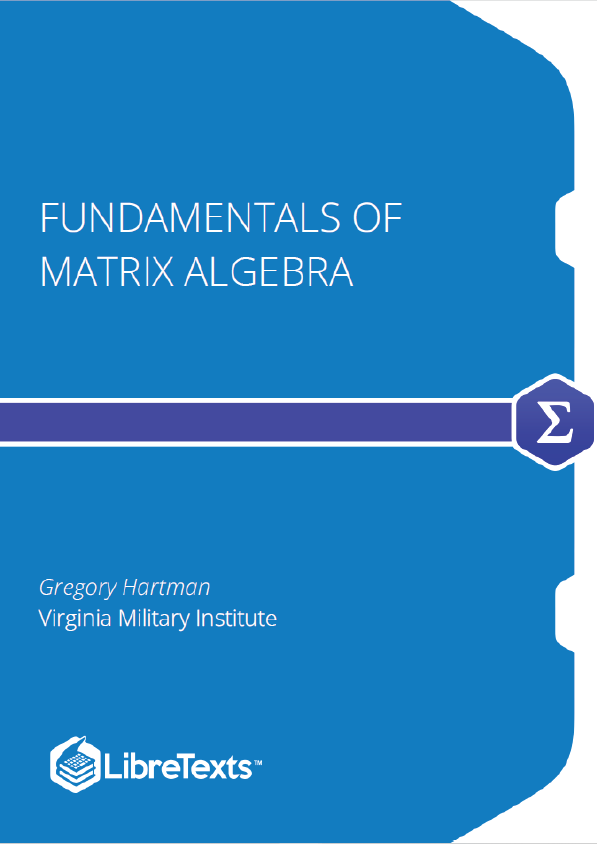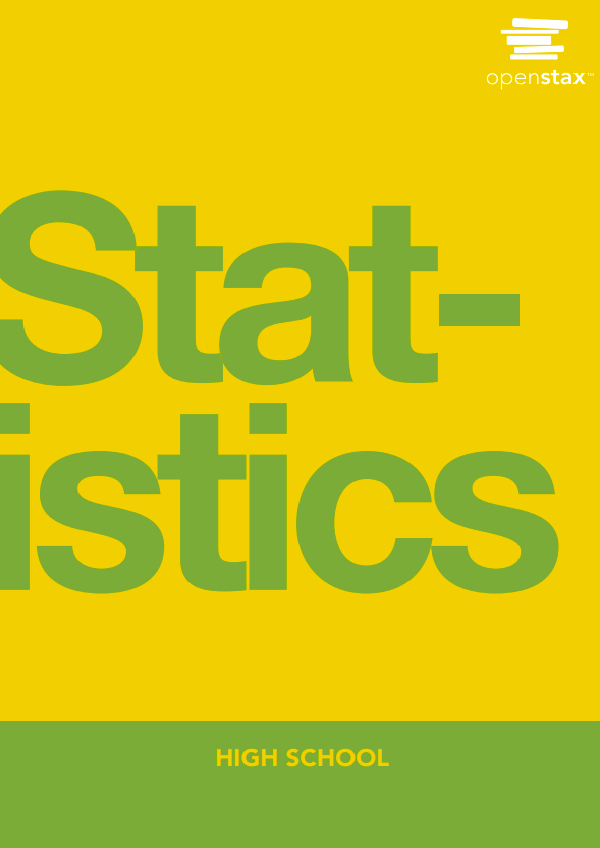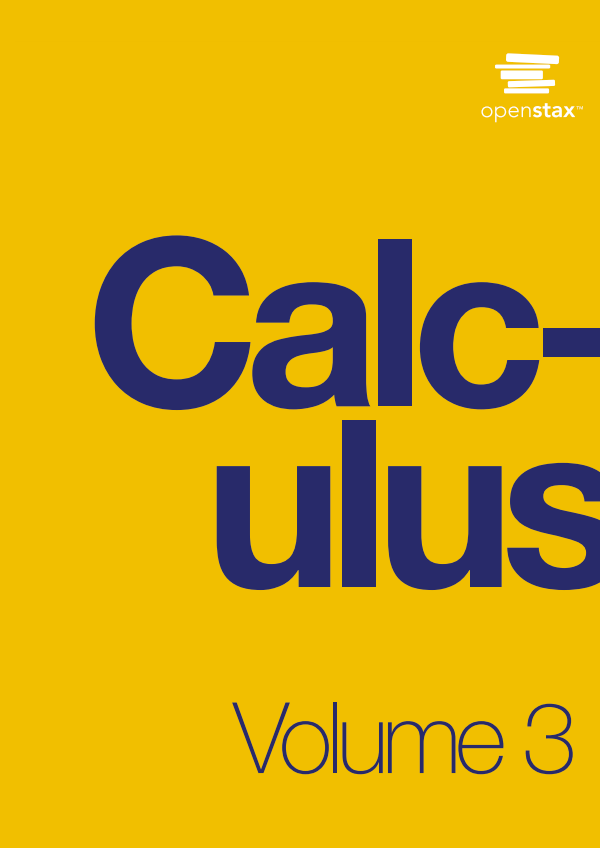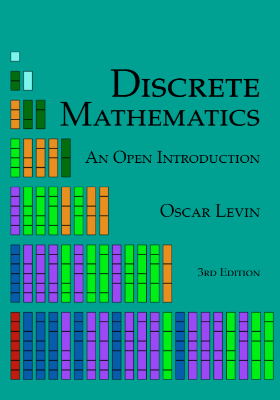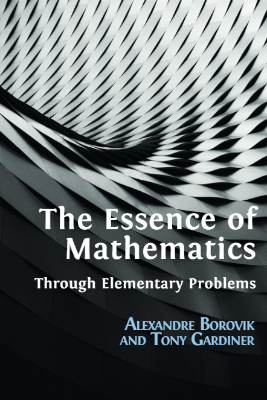This text deals with matrix algebra, as opposed to linear algebra. Without arguing semantics, I view matrix algebra as a subset of linear algebra, focused primarily on basic concepts and solution techniques. There is little formal development of theory and abstract concepts are avoided. This is akin to the master carpenter teaching his apprentice how to use a hammer, saw and plane before teaching how to make a cabinet.
Systems of Linear Equations
You have probably encountered systems of linear equations before; you can probably remember solving systems of equations where you had three equations, three unknowns, and you tried to find the value of the unknowns. In this chapter we will uncover some of the fundamental principles guiding the solution to such problems.
Solving such systems was a bit time consuming, but not terribly difficult. So why bother? We bother because linear equations have many, many, many applications, from business to engineering to computer graphics to understanding more mathematics. And not only are there many applicaƟons of systems of linear equations, on most occasions where these systems arise we are using far more than three variables. (Engineering applications, for instance, often require thousands of variables.) So getting a good understanding of how to solve these systems effectively is important.
Introduction to Linear Equations
- What is one of the annoying habits of mathematicians?
- What is the difference between constants and coefficients?
- Can a coefficient in a linear equation be 0 ?
We’ll begin this section by examining a problem you probably already know how to solve.
Mathematicians often see solutions to given problems and then ask “What if ?” It’s an annoying habit that we would do well to develop – we should learn to think like a mathematician. What are the right kinds of “what if” questions to ask? Here’s another annoying habit of mathematicians: they often ask “wrong” questions. That is, they often ask questions and find that the answer isn’t particularly interesting. But asking enough questions often leads to some good “right” questions. So don’t be afraid of doing something “wrong;” we mathematicians do it all the time.
Existence and Uniqueness of Solutions
- T/F: It is possible for a linear system to have exactly 5 solutions.
- T/F: A variable that corresponds to a leading 1 is “free.”
- How can one tell what kind of solution a linear system of equations has?
- Give an example (different from those given in the text) of a 2 equation, 2 unknown linear system that is not consistent.
- T/F: A particular solution for a linear system with infinite solutions can be found by arbitrarily picking values for the free variables.
